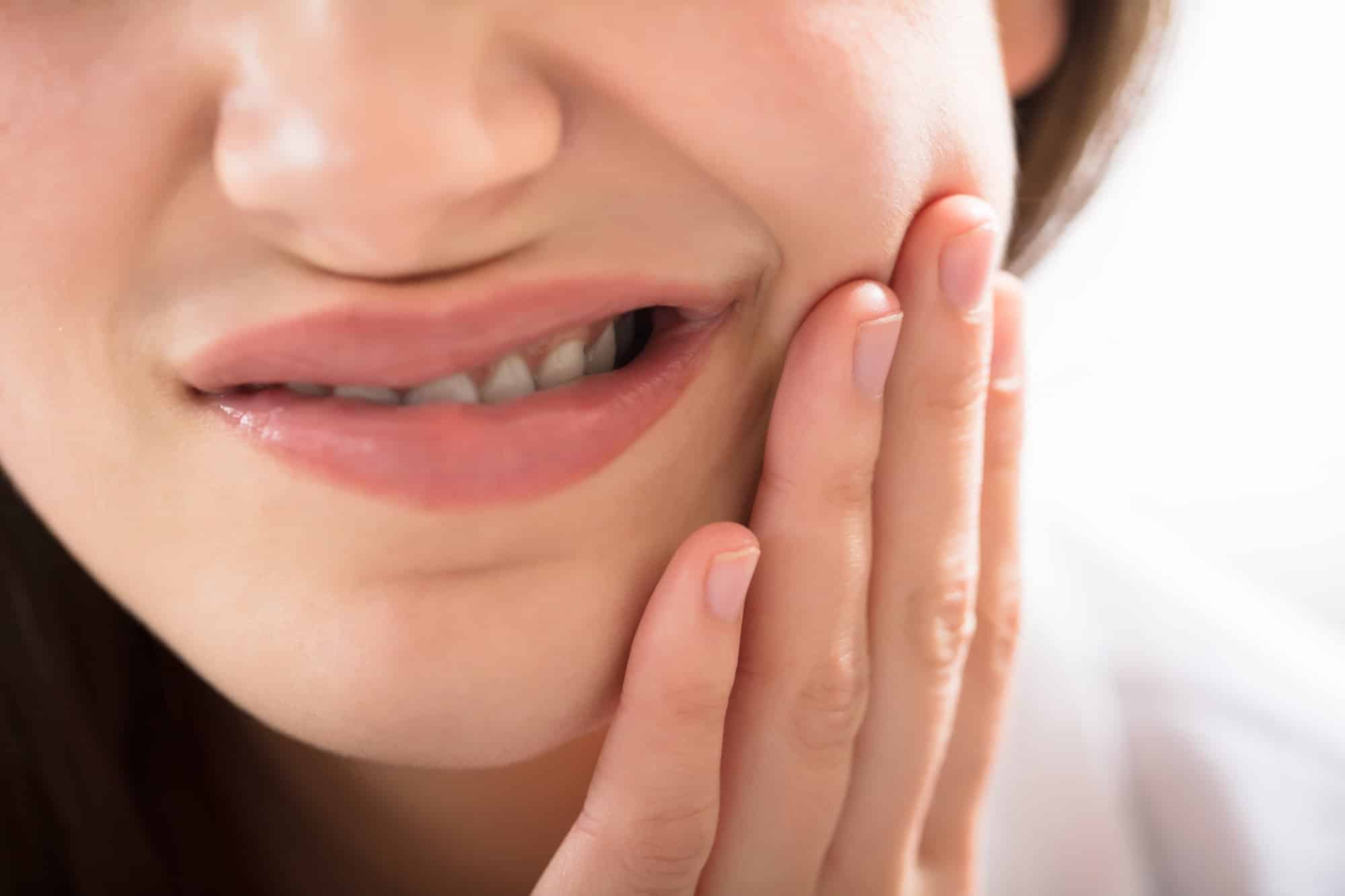Invisalign Pain Relief. How to Make Invisalign Stop Hurting

Straighten your teeth with Invisalign allows you to get a confident smile, discreetly and efficiently. Yet, many patients wonder about the comfort levels associated with this nearly invisible orthodontic treatment.
From expert tips to firsthand accounts, we’re here to assure you that achieving your dream smile with Invisalign can be both effective and comfortable.
Let’s explore what you can realistically expect during your Invisalign journey and how to navigate it with ease and confidence.
Table of Contents
Why Does Invisalign Hurt?
Invisalign aligners work by applying controlled force to your teeth to move them into their new positions, a process that is effective but can sometimes cause discomfort.
Here are the main reasons why Invisalign might hurt:
Pressure on Teeth
The primary cause of discomfort is the pressure exerted by the aligners on the teeth. This pressure is necessary to shift the teeth gradually into their desired positions. When you switch to a new set of aligners, you might feel increased pressure as they are designed to move your teeth further.
Edge Irritation
The edges of the aligners, although custom-made to fit your mouth, can sometimes irritate the gums, cheeks, or lips, especially if there are slight imperfections in the fit.
Tooth Movement
As your teeth begin to move, the surrounding tissues and nerves adjust to this change, which can cause temporary discomfort.
Initial Adjustment
When you first start wearing Invisalign, your mouth needs time to adjust to having the aligners in all the time. This period can come with a sense of discomfort as you get used to the feeling of the aligners.
Tightness with New Aligners
Each new set of aligners is slightly tighter than the last, as they are designed to progressively move your teeth. The initial tightness can cause discomfort until your teeth adjust to the new position.
Despite these sources of discomfort, many find that the pain is minimal and temporary, often subsiding a few days after switching to a new set of aligners.
The pain is generally less intense than what is experienced with traditional braces, and most patients find the discomfort manageable and well worth the results.
How To Deal With Invisalign Pain?
Dealing with Invisalign pain is a common concern for many undergoing this orthodontic treatment.
While Invisalign is designed to be less painful than traditional braces, the pressure exerted to shift teeth can still cause discomfort, especially when switching to a new set of aligners.
Here are practical strategies to manage and alleviate Invisalign-related pain:
Cold Compresses and Ice Water
Applying a cold compress to the outside of your mouth or sipping ice water can help numb the area, reducing inflammation and pain. Avoid placing ice directly on your teeth, as extreme cold can be harmful.
Over-the-Counter Pain Relievers
Non-prescription pain relievers like ibuprofen or acetaminophen can be effective in managing pain. However, it’s important to use them as directed and consider any personal health conditions that may contraindicate their use.
Orthodontic Wax
Though less commonly used with Invisalign than traditional braces, orthodontic wax can still be applied to the edges of the aligners if they are causing irritation to your gums or the inside of your mouth.
Switch Aligners at Night
Changing to a new set of aligners before bed allows your mouth to adjust to the new shape while you sleep, potentially reducing the initial discomfort you feel.
Chew Exercises
Using Invisalign chewies, small, spongy cylinders, by biting down on them can help make your aligners fit better against your teeth and may also stimulate blood flow to your gums, helping to relieve pain.
Maintain Excellent Oral Hygiene
Keeping your teeth and aligners clean helps prevent additional discomfort caused by cavities or gum disease, which can be exacerbated by wearing aligners.
Eat Soft Foods
During periods of significant discomfort, opt for soft foods that require minimal chewing, such as smoothies, soups, and yogurts, to avoid additional pressure on your teeth.
Massage Your Gums
Gently massaging your gums with a clean finger or soft toothbrush can increase blood circulation, helping to reduce pain and discomfort.
Stay Hydrated
Drinking plenty of water not only keeps you hydrated but also helps keep your mouth moist and more comfortable, especially important when wearing aligners.
Consult with Your Orthodontist
If your pain is severe or persistent, it’s essential to consult with your orthodontist. They can check if the aligners fit correctly and offer additional solutions or adjustments to alleviate your discomfort.
FAQ on Invisalign Pain
How long does pain last with Invisalign?
Invisalign-related discomfort typically peaks within the first few days after switching to a new set of aligners and usually subsides within a week. Most patients find the pain to be mild and manageable, often requiring only over-the-counter pain relief if necessary. The intensity and duration of pain can vary, but it generally becomes less pronounced as the treatment progresses and your mouth adjusts to the sensation of the aligners.
How do I stop my Invisalign from hurting so much?
To alleviate Invisalign discomfort, try these strategies: Switch to new aligners before bed to sleep through initial discomfort, use over-the-counter pain relievers as needed, apply orthodontic wax to areas where aligners may irritate your mouth, suck on ice cubes or use a cold compress outside your jaw to reduce swelling and soreness, practice good oral hygiene to prevent additional mouth irritation, and ensure aligners fit properly by using Invisalign chewies to seat them correctly. These methods can significantly reduce pain and make your Invisalign experience more comfortable.
How do I survive the first week of Invisalign?
To navigate the first week of Invisalign, consistently wear your aligners for the recommended 20-22 hours daily, easing into this new routine. If you encounter irritation, orthodontic wax can smooth out the aligners’ rough edges. Switching to new aligners before bed may help you manage initial discomfort more comfortably. Manage any pain with over-the-counter medications, and consider cold compresses or sucking on ice for swelling and soreness. Keep both teeth and aligners clean to prevent irritation, and opt for soft foods if you experience soreness. Using chewies can improve the fit of your aligners, ensuring effectiveness. Remember, the adjustment period is temporary, and you’re on your way to achieving your desired smile.
Fact Checked
Our dedicated team rigorously evaluates every article and guide to ensure the information is factual, up-to-date, and free of bias.
Updated Regularly
We update our articles and reviews regularly to ensure you have access to the latest data in the dental industry.
The content on Dental3DU’s blog is intended for educational purposes only. This information should not be relied upon as professional medical counsel. Be sure to always consult with your dentist about the dangers and benefits of any medication, treatment or procedure.







